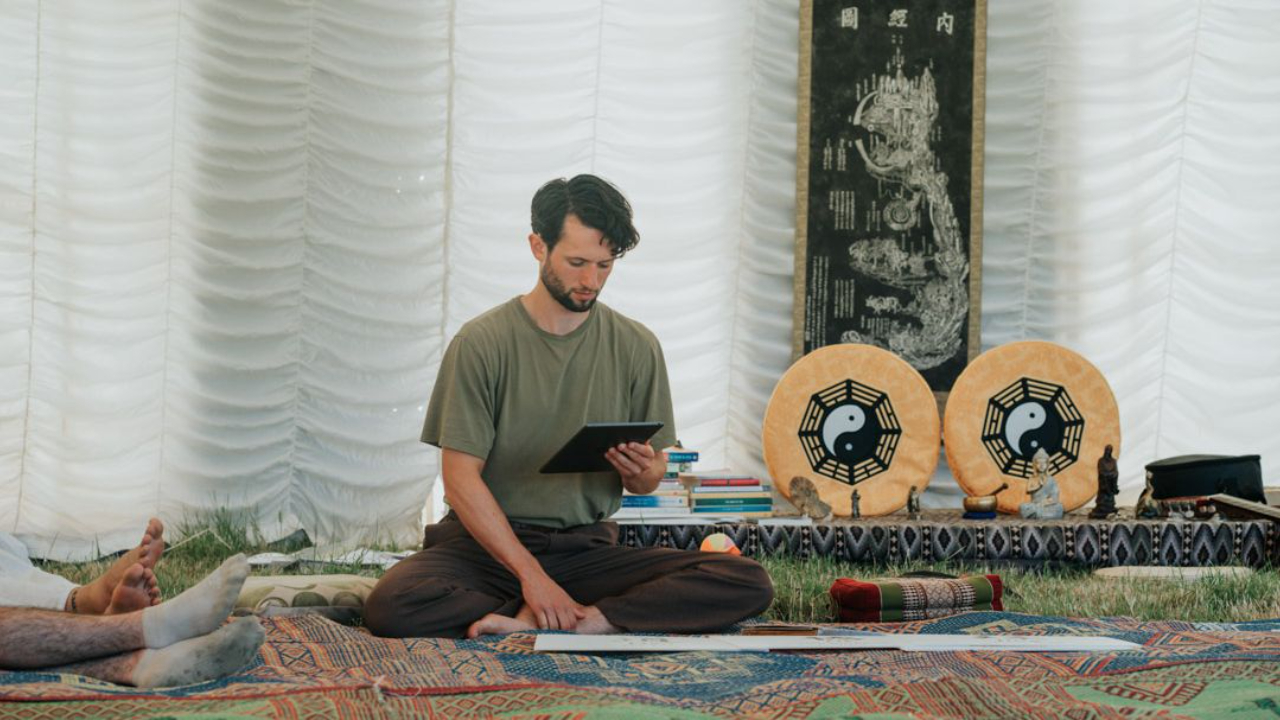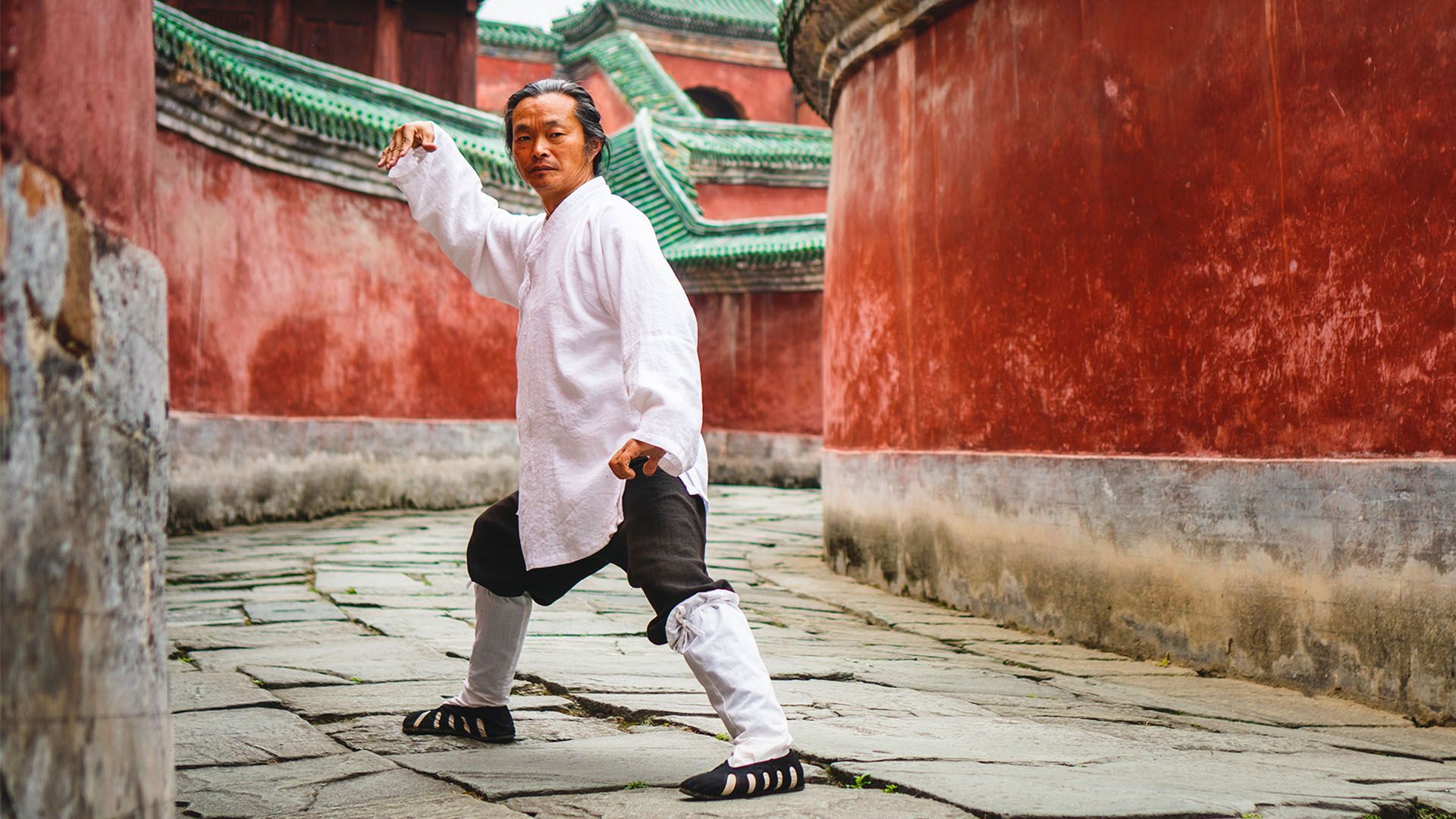The Essential Guide to the 13 Principles of Tai Chi
Jan 07, 2024
In a world where stress and physical ailments are rampant, the quest for holistic well-being often seems elusive. Research continually points to the benefits of mind-body practices in addressing these modern-day challenges. 13 principles of Tai Chi emerge as a profound solution. These principles, steeped in ancient Chinese philosophy, offer more than just physical exercise; they provide a pathway to mental clarity and inner peace. By integrating body movements, mental focus, and controlled breathing, Tai Chi fosters a unique harmony of mind and body, presenting a comprehensive approach to health and wellness.
Table of Contents
Introduction to Tai Chi
Tai Chi, an ancient Chinese martial art, is renowned for its harmonious blend of physical movement, mindfulness, and breathing techniques. This art form, deeply rooted in Taoist philosophy, emphasizes gentle, flowing movements that are both meditative and health-enhancing. Practiced globally, Tai Chi is accessible to people of all ages and fitness levels, offering a unique approach to stress reduction and overall well-being.
Here is the best online Tai Chi course by the best Master Gu, a distinguished figure in the world of Tai Chi.
Basic Principles of Tai Chi
1. Straightening the Head:
Maintaining a natural and erect head position in Tai Chi is vital. This principle emphasizes aligning the head as if suspended by a string from above, promoting an effortless posture. This alignment reduces strain on the neck, encourages proper spinal alignment, and enhances focus and balance. It's a fundamental aspect that influences the effectiveness of movements and the flow of internal energy.
2. Correct Position of Chest and Back:
This principle entails a slight inward depression of the chest and a gentle outward curve of the upper back. Such positioning aids in proper breathing, allowing energy to sink to the lower belly. It ensures a natural spinal curve, enhances lung capacity, and prevents excessive tension in the upper body.
3. Relaxed Joints and No Tension:
Tai Chi stresses the importance of relaxed, yet not limp, joints. This relaxation enhances flexibility and connectivity, which are crucial for smooth energy transmission. By loosening the shoulders and elbows, it encourages a structure that relies more on gravity than on muscular effort. This relaxation is key to generating power from the root and facilitating energy flow, like a whip.
4. Movement Originating from the Center:
The waist, or the 'center', is the source of all movements in Tai Chi. It acts as the 'ruler', initiating, controlling, and guiding movements and energy distribution. This principle underscores the importance of a relaxed yet active waist in directing the flow and intensity of movements.
5. Harmonization of the Upper and Lower Body:
Tai Chi movements require a coordinated effort between the upper and lower bodies. This harmony starts from the feet, ascends through the legs, is regulated by the waist, and is finally expressed through the back, arms, and fingers. It's like connecting various body parts in a seamless flow, enhancing the effectiveness of movements.
6. Body Movement as a Single Unit:
Tai Chi emphasizes the unity of the body in movement. When one part moves, all parts move in sync; when still, the entire body is still. This principle of total body integration ensures fluidity and efficiency in movements, embodying the philosophy of complete harmony in motion.
7. Smooth and Continuous Movements:
The essence of Tai Chi lies in its smooth, even, and uninterrupted movements. This continuous flow, akin to reeling silk or a flowing river, ensures a constant gathering of inner energy and prevents abrupt or jerky motions that could disrupt the balance.
8. Distinction Between Substantial and Insubstantial:
This principle involves differentiating the weight-bearing (substantial) and non-weight-bearing (insubstantial) legs. It fosters agility and quick movement, much like a ball rolling smoothly on the ground. Understanding and applying this concept is crucial for balance and effective motion in Tai Chi.
9. Deep and Harmonized Breathing:
Deep, belly-based breathing in harmony with movements is a core aspect of Tai Chi. It involves inhaling and exhaling in sync with bodily expansions and contractions, respectively. This practice enhances oxygen intake, aids in relaxation, and fosters a deeper connection between mind and body.
10. Mental Direction and Mind-Body Integration:
In Tai Chi, the mind leads and the body follows. This principle emphasizes using mental focus to guide movements, ensuring that each motion is intentional and precise. It encourages mindfulness by heightening awareness of each movement and its path and integrating the mental and physical aspects.
11. Maintaining Upright Posture:
An upright posture is crucial in Tai Chi. It strengthens deep stabilizer muscles, enhances organ function, and improves qi flow. An aligned posture reduces spinal strain and aids in maintaining balance, fostering a sense of strength and positivity.
12. Mindful Weight Transference:
This principle highlights the importance of being conscious of how weight is shifted during movements. Good balance, a key element in Tai Chi, requires mindful weight transference, ensuring stability and harmony in motion.
13. Mental Quietness (Jing):
Jing, or mental quietness, involves cultivating an inner state of calm and present-moment awareness. It's about quieting the mind to enhance mindfulness and deepen the connection with the self, facilitating a more profound Tai Chi experience.
Conclusion
The 13 Principles of Tai Chi are not just techniques; they are gateways to a balanced life. Each principle, from the fluidity of movement to the tranquility of the mind, builds a foundation for physical and mental harmony. Embracing these principles can lead to improved health, reduced stress, and a deeper sense of inner peace. Have you considered how implementing these principles might transform your daily life?
FAQs
1. What are the core benefits of practicing the 13 principles of Tai Chi?
Enhances physical balance and flexibility. Promotes mental clarity and stress reduction. Improves overall health and vitality.
2. Can beginners easily learn these principles?
Yes, they are accessible to all skill levels. Guidance from a skilled instructor is beneficial.
3. How do these principles integrate with daily life?
They encourage mindfulness and physical awareness. They can be applied to routine activities for better health.
4. Are these principles suitable for all ages?
They are adaptable for various age groups. They offer benefits at any stage of life.
5. How long does it take to see the benefits of these principles?
Benefits can be noticed with consistent practice. The timeframe varies based on individual commitments.







